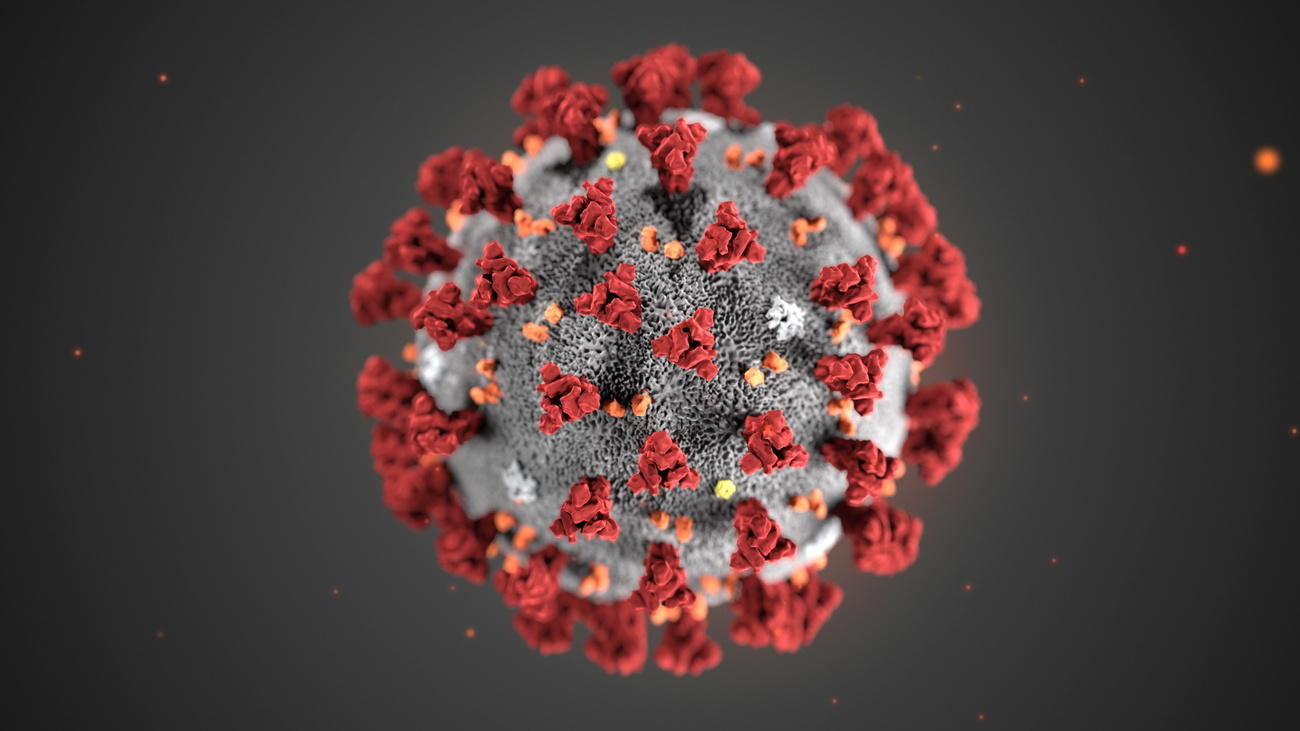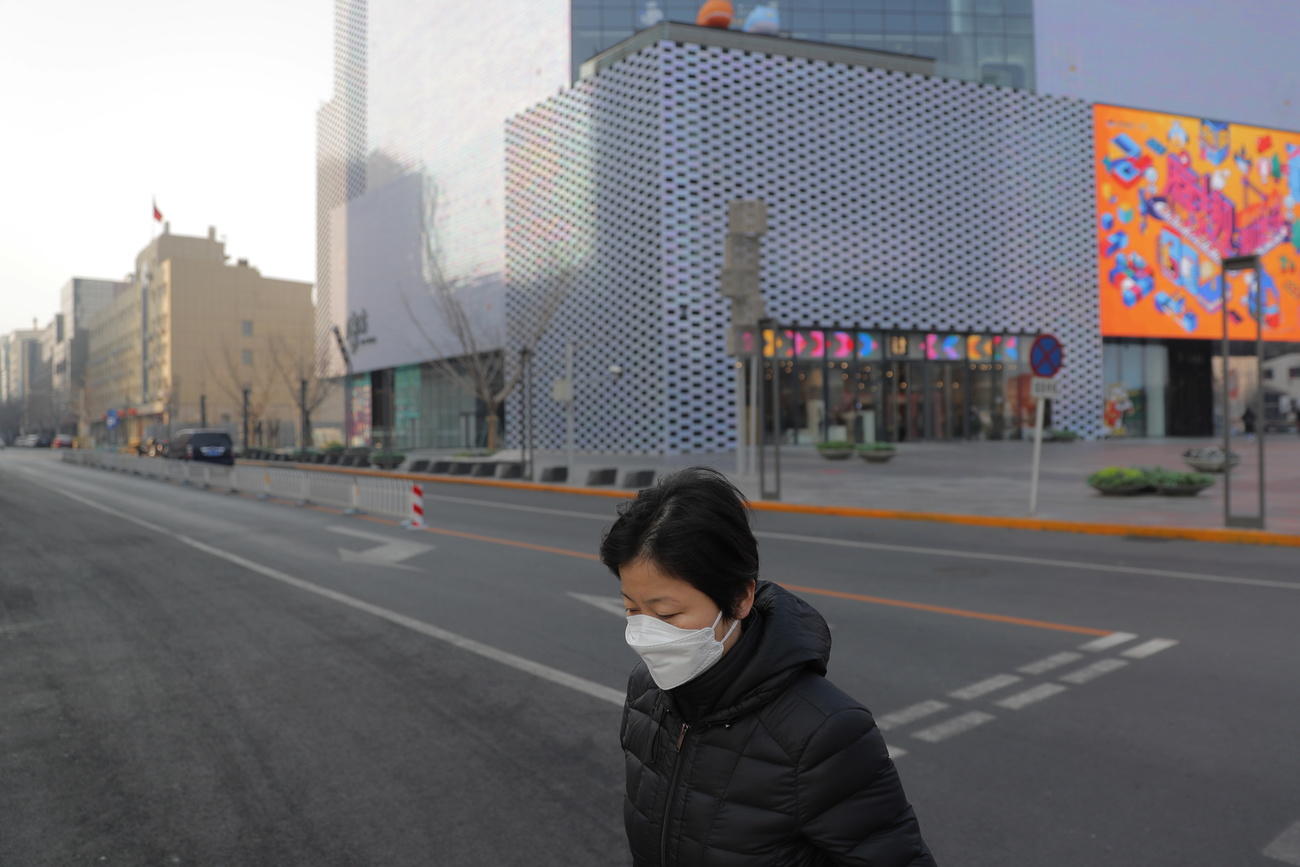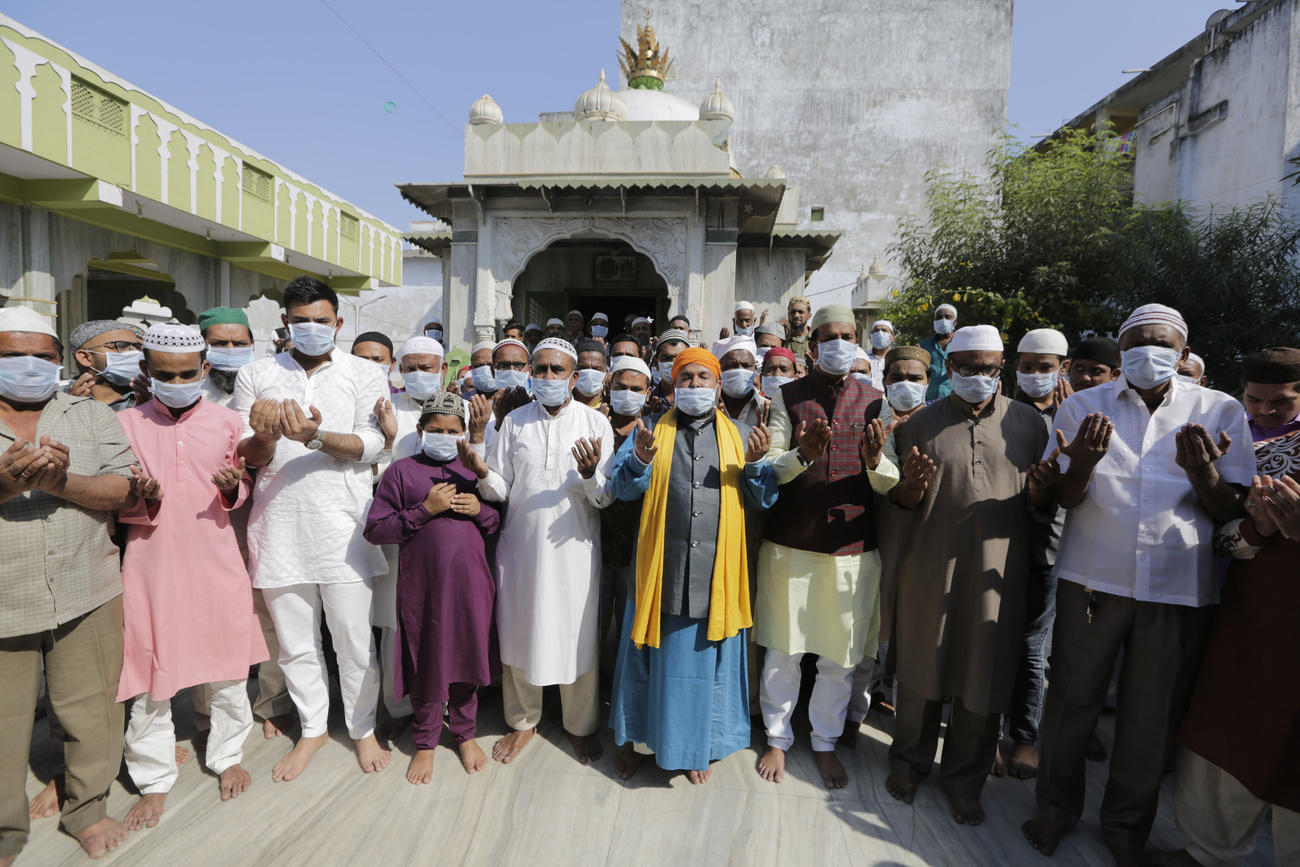
Coronavirus: how much panic should the world be in?

The spread of the coronavirus has been labelled a health emergency of “international scale” by the World Health Organization (WHO). And yet, the Geneva-based body has not recommended any limiting of travel to and from China. How worried should the world be?
Why is it called coronavirus?
Because, viewed through a microscope, the virus looks as if it’s surrounded by a crown (“corona”, in Latin). Officially called 2019-nCoV, the virus is of the same family as SARS (Severe acute respiratory syndrome), which appeared in China in 2003, and MERS (Middle East respiratory syndrome), which originated in Saudi Arabia in 2012.
Where does it come from?
It was probably transmitted by an animal – a snake or a bat – to a human at the market in Wuhan. In China, various sorts of meat are eaten that would not be found in western supermarkets. And to guarantee freshness, market sellers often deal in live animals.

How is the virus transmitted?
Like its predecessors, the Wuhan coronavirus can jump from animals to humans, and from humans to humans. It’s transmitted through contact with an infected animal or person – for example, intimate contact, coughing or sneezing, shared living spaces, or even being face-to-face at a distance of less than a metre.
How dangerous is it?
Two separate factors need to be taken into account here, says Harris Héritier, an epidemiologist: how easily the virus is spread (very easily, in the case of the 2019-nCoV), and how lethal it is, i.e. what percentage of infected people die. The New England Journal of Medicine has estimated the mortality of the coronavirus to be around 4%. By comparison, this figure was 9.5% for SARS and 34% for MERS.
Are certain groups at risk?
“We suspect so, but we base this suspicion on what happened with previous epidemics,” says Héritier. “Current statistics aren’t yet enough to say concretely if some groups are more vulnerable than others. It could also be dangerous to speculate, because we saw for example with the Spanish flu that the most vulnerable were those with a higher level of immunity.”
How much more dangerous is it than seasonal flu?
Each year, flu kills up to 650,000 people around the world, according to WHO estimates. This amounts to just 0.1% of people who contract it. Its mortality is thus quite weak, as was that of the 1918-1919 Spanish flu (which was also spread from China, despite its name): for that disease, the rate was 2%, though it led to an estimated 50-100 million deaths.
What about the more than 90% of those who contract the disease and don’t die?
For these people, “it could look like a flu, but we don’t know all the possible symptoms, and everyone reacts quite differently,” says Héritier. “This means that many of those who had it simply stayed at home, recovered, and never entered the statistics.” Seen in this light, the actual number of cases is even higher that we know of, which means the mortality rate is even lower.
Is there a cure for 2019-nCoV?
No. For patients infected by a severe form of the disease, doctors try to ensure that they don’t catch any further infections or respiratory complications. On the other hand, the genetic sequence of the Wuhan virus was detected in record time, and several possible vaccines are being developed in China, the US, and Australia. Given the time needed to do tests, however, these vaccines will probably come too late.
How useful are protective masks?
In Switzerland, where no case has yet been recorded, pharmacies have sold out of these masks, as in other countries. Some are selling them online for jacked-up prices. However, the masks are only really useful for people already ill, to prevent them passing it on to others. As all health authorities, including the WHO, keep saying, the top precaution is to wash your hands, very well.

Is the wave of panic online and among the public justified?
From the medieval plague to Ebola, humans have always been terrified of plagues that threaten to wipe us all out. And from Hieronymus Bosch to Stephen King, not to mention the various creators of apocalyptic books, films, and series, humans have also always liked to dramatise the threat, like children who get a kick from scaring themselves.
The last overview by the WHO (on January 31) outlined 9,826 confirmed cases in the world, and 213 deaths – all of these in China. In newsrooms, including that of swissinfo.ch, the question is always there: caught between a responsibility to inform and the risk of causing undue panic, how much importance should we give to such news? On social media, in contrast, disinformation and hysteria abound, often without any such reflection.
SARS disappeared after one year, having caused 800 deaths; MERS is still at large and has to date led to 838 fatalities.
Translated from French by Domhnall O’Sullivan, swissinfo.ch

In compliance with the JTI standards
More: SWI swissinfo.ch certified by the Journalism Trust Initiative


























You can find an overview of ongoing debates with our journalists here . Please join us!
If you want to start a conversation about a topic raised in this article or want to report factual errors, email us at english@swissinfo.ch.